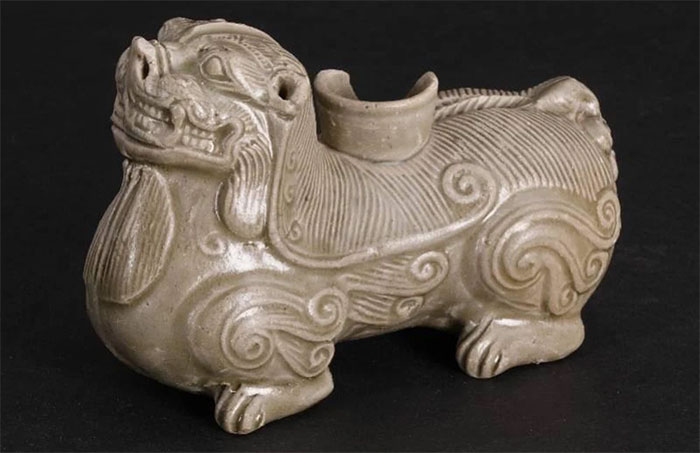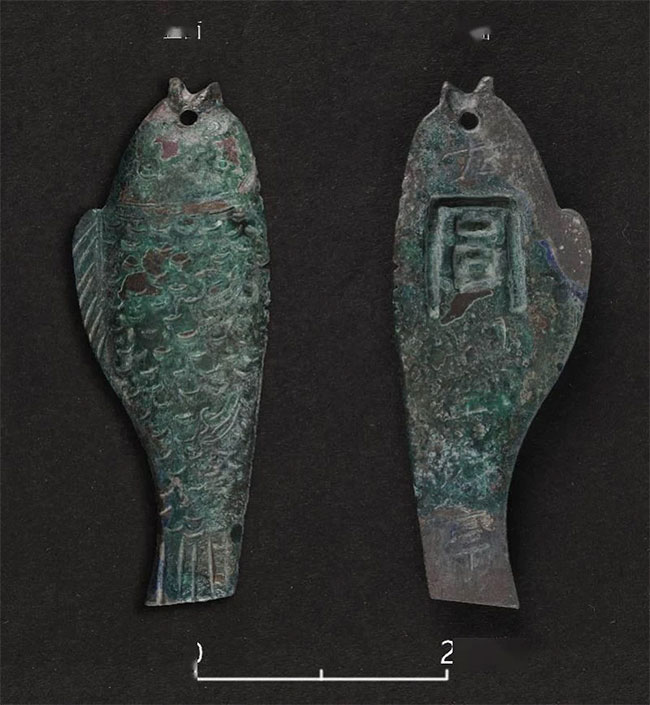It is rare for archaeologists to excavate so many tombs in Shaanxi Province (China).
On December 9th, a press conference held by the Shaanxi Provincial Cultural Heritage Bureau reported that from June 2020 to November 2021, the Shaanxi Provincial Archaeological Institute excavated 3,648 ancient tombs in the Hongduyuan area, Weicheng District, Hanzhong City, Shaanxi Province, China.
More than 16,000 groups of cultural relics were unearthed, dating from the Warring States period to the Qing Dynasty. Among them, the owner of one tomb is Yang Zuojie, a cousin of Empress Wu Zetian, the only female emperor in Chinese history.
According to experts, the materials obtained from this excavation are extensive. A comprehensive study of the excavations at Hongduyuan reveals a wealth of information sufficient to write half the history of the Northern Dynasties, Sui, and Tang Dynasties. Currently, the excavation work is still ongoing.
Tombs with a History of Over 2,200 Years
According to Li Ming, an archaeologist at the Shaanxi Provincial Archaeological Institute and the project leader of the excavation from June 2020 to November 2021, experts have excavated tombs dating back to the Warring States period, Han Dynasty, and Western Jin Dynasty in Weicheng District, Hanzhong City, Shaanxi Province.
A total of 3,648 ancient tombs were discovered from the Sixteen Kingdoms, Northern Dynasties, Sui, Tang, Song, Ming, and Qing Dynasties. Among these, some tombs are believed to be over 2,200 years old.
During the 17 months of excavation, archaeologists uncovered tombs from the late Warring States period, a cemetery for royal family members, a cemetery from the early Western Han period, 12 cemeteries from the Han Dynasty, 3 family cemeteries from the Western Jin Dynasty, 3 public cemeteries from the Sixteen Kingdoms to the Sui Dynasty, and 77 cemeteries from the Sui and Tang Dynasties.
Additionally, a large number of commoner tombs from the Song, Ming, and Qing Dynasties were also found.

Jade-glazed pottery in the shape of a lion excavated from tomb M49 of the Western Jin period at Hongduyuan.
“The scale of this archaeological excavation, with such a large quantity, long duration, and diverse types, has never been seen in the history of Chinese archaeology and is unlikely to be encountered again in the future,” commented archaeologist Li Ming.
In this area, archaeologists also found the tomb of a cousin of Wu Zetian along with other family members.

Artifacts found in the tomb of Wu Zetian’s cousin.
According to Li Ming, the excavation site is located in the Hongduyuan cemetery, to the north of Chang’an City during the Han and Tang Dynasties. This information can be found in various historical records. The excavated medium and large tombs account for a large proportion, with many tombs having clear dating and a rich array of cultural relics.
Among the cemeteries of the Sui and Tang Dynasties in Hongdu, Hanzhong, this burial site is considered the most distinctive.
To date, 77 cemeteries from the Sui and Tang Dynasties have been discovered. Among them, 23 tombs have clear dating, including high-status tombs such as the cemetery of Yang Zuojie, Wu Zetian’s cousin.
These cemeteries are surrounded by water ditches, neatly organized, and do not interfere with each other. Within and outside the cemetery, there are many tombs of family members, with different burial styles. These are new findings from this excavation.
Li Ming stated that the tombs found in Hongduyuan are excellent evidence for studying the feudal burial system. They also have significant positive implications for building the framework of the archaeological system of ancient tombs in China, contributing to the interpretation of historical, cultural, and scientific values from cultural relics.


















































